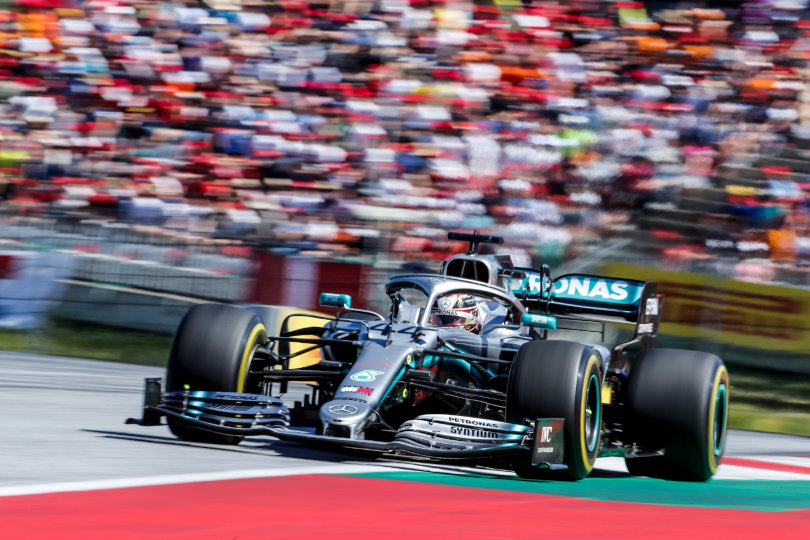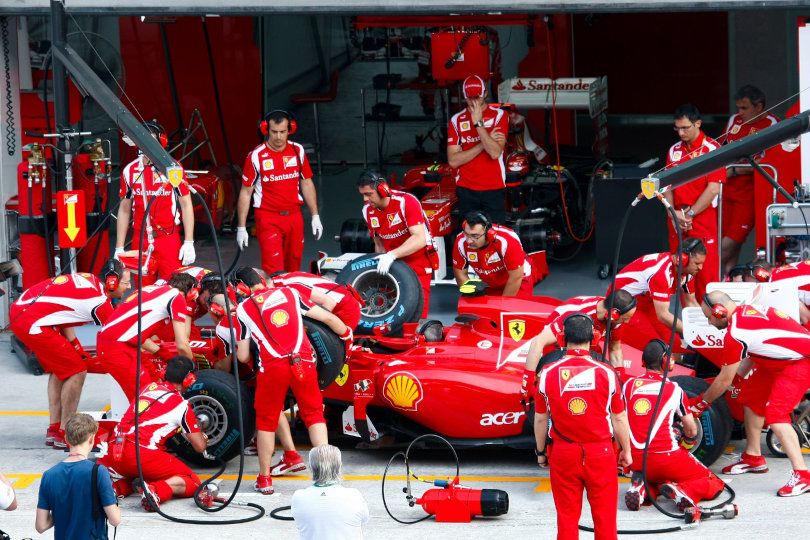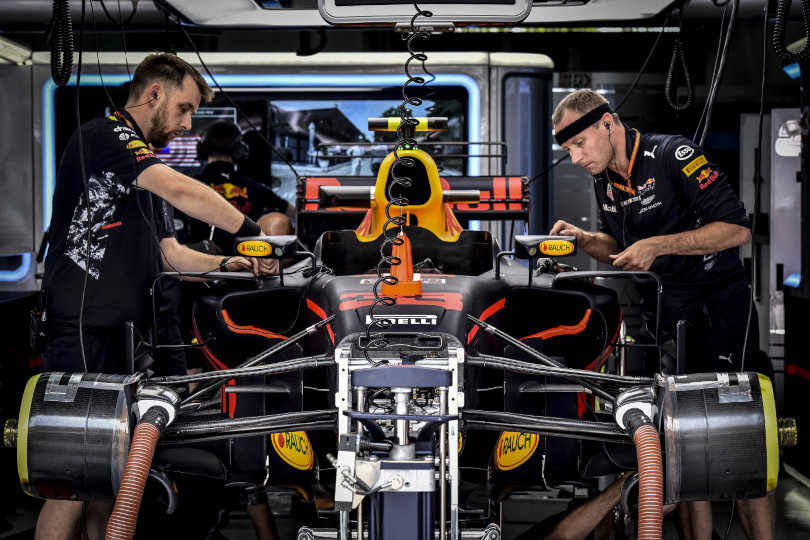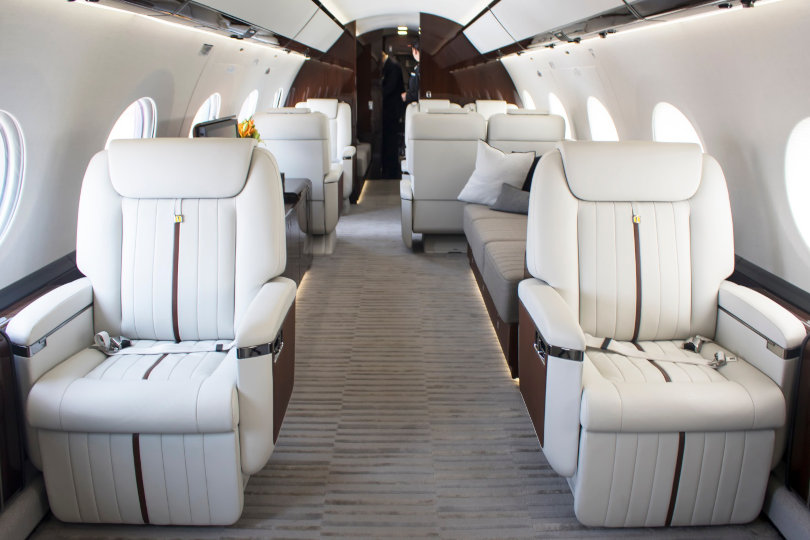
How do Formula 1 Teams Travel?
When thinking about the question, ‘How do F1 teams travel so efficiently?’, I was reminded of a somewhat sad, but revealing story.
Some years ago, I had a group of friends who spent months planning and finely tuning their itinerary for a Formula 1 Grand Prix weekend away. As dedicated F1 fans, the weeks leading up to the trip was full of talk and excitement as hotels were booked, transport to and from the airport was arranged, evening entertainment was debated and planned, and every tiny detail was reviewed minutely. What a time they were going to have seemed to be the common consensus.
When the day finally came, a small group of super-excited F1 fans made their way to the airport where, at the check-in desk, one of the group promptly discovered that he had either forgotten or lost his passport somewhere along the way. Disaster had struck, a literal spanner had been thrown into the works and one of the competitors had been left behind, alone on the grid, as the others raced towards a waving chequered flag and the sound of champagne corks popping.
Later that evening as the dejected fan recounted his sad tale slouched over a beer at the bar back at home, his disappointment was palpable, not helped by the photos his friends insisted on sending from what looked like a fun-filled F1-themed bar somewhere in central Europe.
But the whole incident raised several interesting questions; how do F1 teams travel, how are F1 cars transported between countries, how much equipment do the teams bring with them, or, what if they forget something? Forgetting a passport is one thing, forgetting a replacement engine is another (not that such a thing would ever happen).

Formula 1 Logistics
The 2022 Formula 1 racing calendar is one of the most ambitious to date – not least for the logistics managers – featuring ten teams and 23 races, over 5 continents, 2 gruelling triple headers, and all spread over a mere 7 months, leaving something behind is not an option.
To ensure that come race day everything goes without a hitch, teams employ three modes of transport to ensure that everything is where it’s meant to be, on time, and in perfect working order; road transport, air transport, and sea freight.
With all of the teams based in Europe, transportation between the European destinations is usually managed using articulated trucks to transport the cars, the workshop equipment and tools, and every other tiny component that could be needed. The cars themselves are loaded onto specially designed ‘cushioned’ containers which absorb any vibrations that could damage sensitive components. The entire garages, workshops, tools, and replacement parts are also packed into specially designed flight cases and packed in order of necessity for arrival at the next F1 destination.
However, for the so-called fly-away destinations like Singapore, Japan, Australia, and the other far-flung racing circuits, air transport and sea freight take the brunt of the heavy hauling. For these fly-away races, the demands on the logistics managers are far more difficult to manage, with items for transport being labelled as either critical or non-critical. The critical items include engines, chassis, tyres, wings, computers and other technology, the non-critical items usually include garage tools like jacks, power tools, etc.
The critical items – cars, chassis, etc. – are shipped by air using a contracted FIA air cargo partner, while teams may also use other air cargo partners on an as-needed basis.
The non-critical items are composed of 5 sets that are sea-freighted to their destinations. These sets can be shipped well in advance due to the slow nature of sea-freight, but it ensures that the equipment arrives at the destination well in advance of race day, sparing many headaches for logistic managers.

Formula 1 Car Transport – and The Kitchen Sink, Too
But it’s not just the cars, the drivers, the mechanical teams, the race managers, and the support staff that figure into the logistics behind every one of the twenty-three races to be held in 2022. However, there is a host of others who rely on private air and ground charters to get their teams and their equipment to their appointed destinations on time, week after week, and month after month.
The Formula 1 entourage:
- Teams and their equipment
- Race Suits like sparco race suit
- Cars and spare parts
- Drivers and personal assistants
- Race strategists
- Formula 1 media centre and media equipment
- Media personnel
- Electronics and computer equipment
- Sponsors and advertisers
- Investors and financial backers
- Side events and exhibition stands
- Mobile homes
- Hospitality and catering equipment
- Chefs
- Food supplies
- Medical equipment
- Formula 1 and FIA organisers
- Safety cars and their operators
And then there are the fans who travel in huge numbers, individually, or in groups using private charter flights to ensure an unforgettable experience in some of the world’s most spectacular destinations.

Private Jet Charters for F1 Fans
Private jet charters to F1 events are fast becoming a popular way to taste the real F1 experience in style and comfort. It’s not just the drivers who can enjoy the thrills of arriving by private jet, groups have discovered that private charter flights can cost far less than previously imagined and offer an extra element of luxury that is guaranteed to enhance the overall spectacle of an F1 event.
Whether it’s a group of four or an official fan group of over 100, Formula 1 group travel private jet charters have become all the rage – while offering a sense of heightened security in the face of a waning pandemic, and without the restrictions imposed by scheduled airlines’ timetables and limited destination airports.
Fans have discovered that they can choose their airport of departure, set their own schedules, facilitate extra baggage space, avail of hospitality services onboard, arrange on-the-ground transportation, and even organise their itineraries across the F1 Triple-Header weekends, regardless of their location.
Formula 1 Grand Prix Locations 2022:
- March 18th – 20th – Bahrain
- March 25th – 27th – Saudi Arabia
- April 22nd – 24th – Italy (Autodromo Enzo e Dino Ferrari)
- May 6th – 8th – USA (Inaugural event – Miami International Autodrome)
- May 20th – 22nd – Spain
- May 27th – 29th – Monaco
- June 10th – 12th – Azerbaijan
- June 17th – 19th – Canada
- July 1st – 3rd – Great Britain
- July 8th – 10th – Austria
- July 22nd – 24th – France
- July 29th – 31st – Hungary
- August 26th – 28th – Belgium
- September 2nd – 4th – Netherlands
- September 9th – 11th – Italy (Monza)
- September 23rd – 25th – Russia
- September/October – 30th – 2nd – Singapore
- October 7th – 9th – Japan
- October 21st – 23rd – USA (Circuit of the Americas)
- October 28th – 30th – Mexico
- November 11th – 13th – Brazil
- November 18th – 20th – Abu Dhabi

Why Private Jet Charters Hold The Key to Success
While Formula 1 fans flying privately will arrive refreshed, relaxed, and ready to enjoy the sporting spectacle of a lifetime, the same can’t be said for the crews who work tirelessly behind the scenes. Many teams, sponsors, media companies, and other officials do indeed charter private jets for their crews, teams, and other associated personnel, because their constant workload means they must hit the ground running, often with only two to three days turn-around time.
Plus, once they’ve arrived at the race circuit, unloading of equipment – due to safety reasons – is prohibited until all equipment has arrived on site. With so many teams competing for space, the unloading process must be as tightly managed as the entire logistics process to ensure maximum safety for everyone involved.
Arriving rested on a private jet charter can help ensure that costly mistakes – sporting, financial, and health and safety – are avoided. There can be no doubt that overworked and fatigued staff can make mistakes, and even the tiniest can lead to a Formula 1 disaster.
While the job of working in the pit lane or behind the scenes of a Formula 1 racing team may appear glamourous, a race season involving 23 races on 5 continents can quickly take its toll. For team managers, keeping their personnel determined, up-to-speed, rested, and motivated is every bit as important as the role played by the driver behind the wheel. Fatigue and burnout are very real dangers in the world of F1 but can be alleviated with the help of private jet charters for those charged with great responsibility.
While the idea of second race teams is still in discussion, for now, twenty teams and the entire entourage will have to endure a gruelling 7 months of non-stop and repetitive routines where nothing can be left to chance.
During the race season, there may be no opportunity for downtime, days will be long and gruelling, timetables will come and go week after week, and minds and bodies will feel the fury of such extremes. Private air charters, travelling in comfort and offering a chance for even a little rest will come as an oasis in a desert of stress.
Plus, having the backup of private jet charter flights mean that even if something is forgotten or needs urgent replacement all is not lost. While all eyes may be focused on the racing circuits of the world for three months, when the chequered flag is waved, and the winner steps onto the podium, there is a silent army working in the background and in the wings to ensure another successful Formula 1 season.
2022 F1 Teams and Drivers
- Mercedes – Lewis Hamilton #44, George Russell #63
- Red Bull – Max Verstappen #1, Sergio Perez #11
- Ferrari – Charles Leclerc #16, Carlos Sainz #55
- McLaren – Lando Norris #3, Daniel Riccardo #4
- Alpine – Fernando Alonso #14, Estaban Ocon #31
- Alpha Tauri – Pierre Gasly #10, Yuki Tsunoda #22
- Aston Martin – Sebastian Vettel #5, Lance Stroll #18
- Williams – Nicholas Latifi #6, Alex Albon #23
- Alfa Romeo – Valtteri Bottas #77, Guanya Zhou #23
- Haas – Mick Schumacher #47, Nikita Mazepin #9







